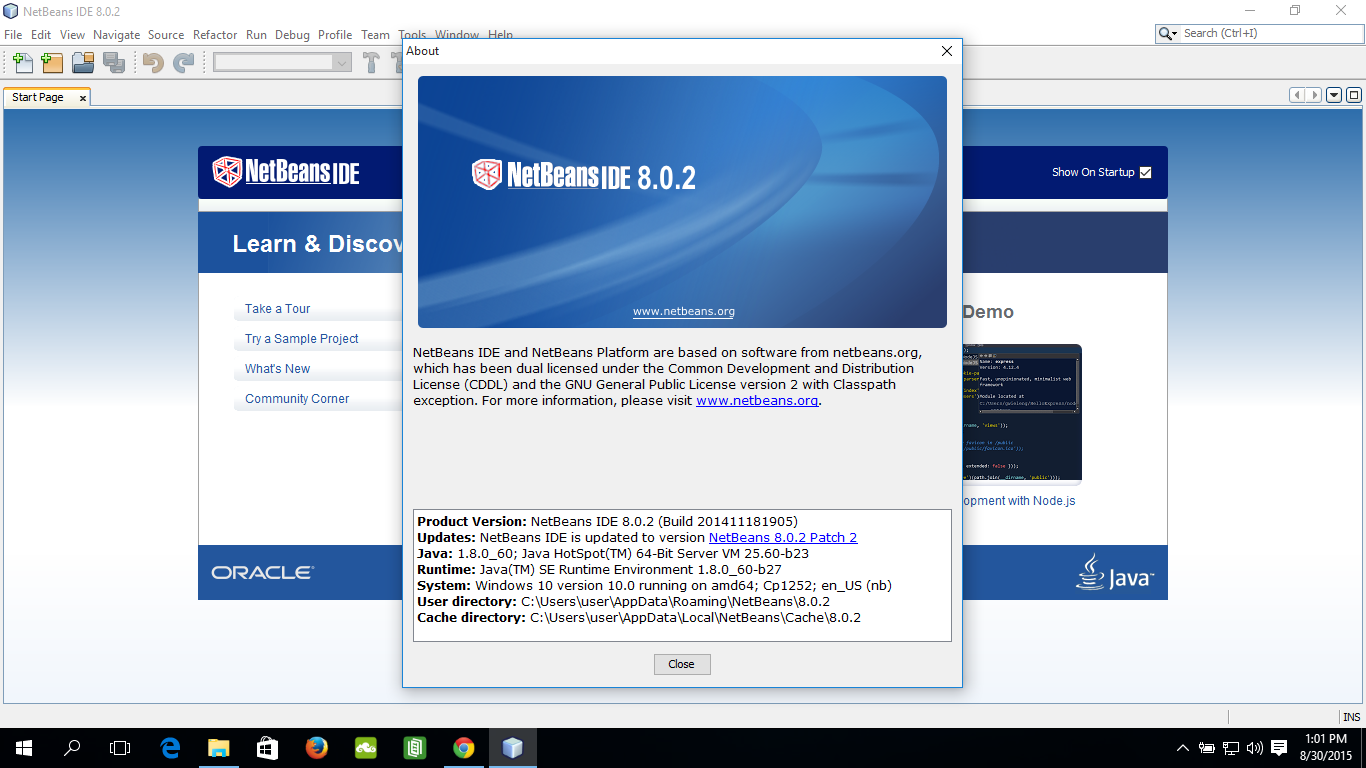
With this, NetBeans 9 is able to run Payara 5 and Glassfish 5 as expected. Since I'm using jenv to manage JVM environments, the right value is: netbeans_jdkhome="/Users/tuxtor/.jenv/versions/1.8". For this, you should edit the etc/nf file and point the netbeans_jdkhome variable to JDK 8. Test 3: Glassfish 5 and Payara 5 on Java 8 (NetBeans) and Java 8 (App Server Platform)įinally, I configured NetBeans to use JDK 8 as NetBeans JDK. There is a similar report on the Eclipse Plugin. Otherwise, you won't be able to retrieve the server's configuration and logs. Go to Tools -> Java Platforms and click on Add Platform.įinally, go to the server properties and change the Java platform:Īt this time, it seems that NetBeans should be running on Java 8. Since Payara and Glassfish only support Java 8 ( Java 11 support is on the roadmap), you have to create a new platform with Java 8. The domain 1 default configuration should be fine: You have to select the Payara Application Server: In the case of WildFly, the configuration is pretty straightforward: To test the Vanilla experience, I tried to connect Payara and the Glassfish 5 app server. Test 2: Glassfish 5 and Payara 5 on Java 10 (NetBeans) and Java 8 (App Server Platform) Hence, the application ran as expected to deliver new records from an in-memory database. The WildFly team has been working on Java 9 and 10 compatibilities. You have to select the WildFly Application ServerĪs WildFly release notes suggest, if you wanna Java EE 8 support, you should choose standalone-ee8.xml as the domain configuration.ĭomain configuration will be detected by NetBeans 9: To test the NetBeans setup, I added a new application server and ran a recent Java EE 8 REST-CRUD application from a recent jEspañol presentation. Now, restart the IDE, and, then, you're ready to develop apps with Java EE. Third, search for new plugins with the keyword "Kit." As the name suggests, these are plugin collections for specific purposes.įrom experience, the following plugins are recommended for Java EE:
Netbeans jdk 10 install#
To install Java EE support, the NetBeans 8.2 update center repository should be added to the IDE. By default, NetBeans will run on the most up-to-date JVM available at the system. With this, you should be able to run NetBeans 9. You should find a NetBeans executable at the bin/ directory for Unix: cd netbeans
Netbeans jdk 10 zip#
zip files.Īfter the download, just uncompress the. At this time, distributions are only available as.
Netbeans jdk 10 download#
Downloading NetBeans 9.0įirst, you should download the NetBeans package from official Apache Mirrors. To show some caveats, two app servers were tested with Java 8 and Java 10. Hence, this tutorial is focused on enabling Java EE support on MacOS, but the steps should be exactly the same for Linux and Windows. As a matter of fact, this is the official approach to enable Java EE support on NetBeans 9 - by using kits.


ever, support for old modules in the new NetBeans version is possible.

Is it Possible to Enable Java EE Support in NetBeans 9?Ĭonsidering that NetBeans has been modular since. As the Apache statement suggests, these modules are expected on future NetBeans releases. Long answer: Currently, Oracle already performed a second donation, where most of NetBeans modules considered as external are included. Does This Mean That I Won't Be Able to Develop my Java EE Application on NetBeans 9? Please see the Apache Foundation official statement here.
Netbeans jdk 10 code#
The most frequent question, since beta releases, is:įirst, the source code donation to Apache includes only the base NetBeans platform modules plus Java SE support. On July 30, NetBeans finally made the cut and got a major release under the Apache Foundation.


 0 kommentar(er)
0 kommentar(er)
